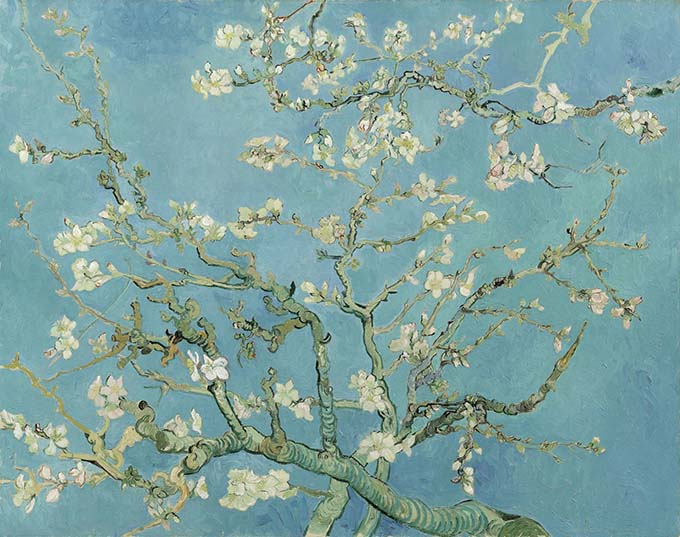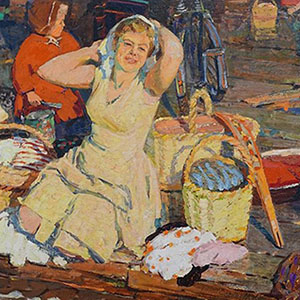The triumphal tour of the exhibition about the love of Van Gogh to Japan will end in his museum in Amsterdam

The Art Newspaper Russia
The exhibition "Van Gogh and Japan" has already visited the Land of the Rising Sun: in Sapporo, Tokyo and Kyoto. The Van Gogh museum in Amsterdam is the last stop of this triumphal tour. And if in the Japanese version of the work of Van Gogh (1853-1890) supplemented works of local artists who experienced his influence, the Amsterdam exposition will focus on one topic - the Dutchman's inescapable love of Japanese art. Of the Japanese items themselves, there will only be a large selection of ukiyo-e prints from the collection of the Van Gogh Museum, there are about 560 of them. The basis of the exhibition will be 40 works by the artist himself.
Japanese art was discovered by Europeans in the mid-1850s. In Paris, it immediately gained immense popularity - there was no artist who did not collect Japanese engravings. Van Gogh began to collect engravings of Utamaro, Hiroshige and Hokusai still in Antwerp, where he did not spend much time at the Academy of Arts, and when he arrived in Paris in 1886 to his brother Theo, he continued to replenish the collection. He considered the Japanese equal in art to Europeans and even arranged an exhibition of engravings from his own collection in the cafe of his friend Agostina Segatori, whose portrait against the background of engravings (1887), as well as the portrait of Julien Tanguy of the same year, will be on display in Amsterdam.
Van Gogh copied the Japanese ("Flowering plum garden, after Hiroshige", 1887), imitated them ("Bridge under the rain, after Hiroshige", 1887) and wrote with admiration to his brother: "Japanese art is somewhat reminiscent of the Greek archaic, our Dutch old masters, Rembrandt, Potter, Huls, Vermeer, Ostade, Ruisdael. "
The Japanese learned the art of portraying a flat space, the dynamics of composition, working with large fragments of pure color, surrounded by a clear line, attention to ordinary things and that special atmosphere of the holiday, which literally breathed the work of the Japanese.
When Vincent left for Arles in 1888, he left his Japanese collection with his brother: he no longer needed him, he himself became almost Japanese. The same nature, colors and atmosphere that Utamaro and Hiroshige had, he hoped to find in the southern nature of Provence. And one of the last paintings of Vincent was "Japanese" - "Flowering almonds" in 1890.
News of the day




